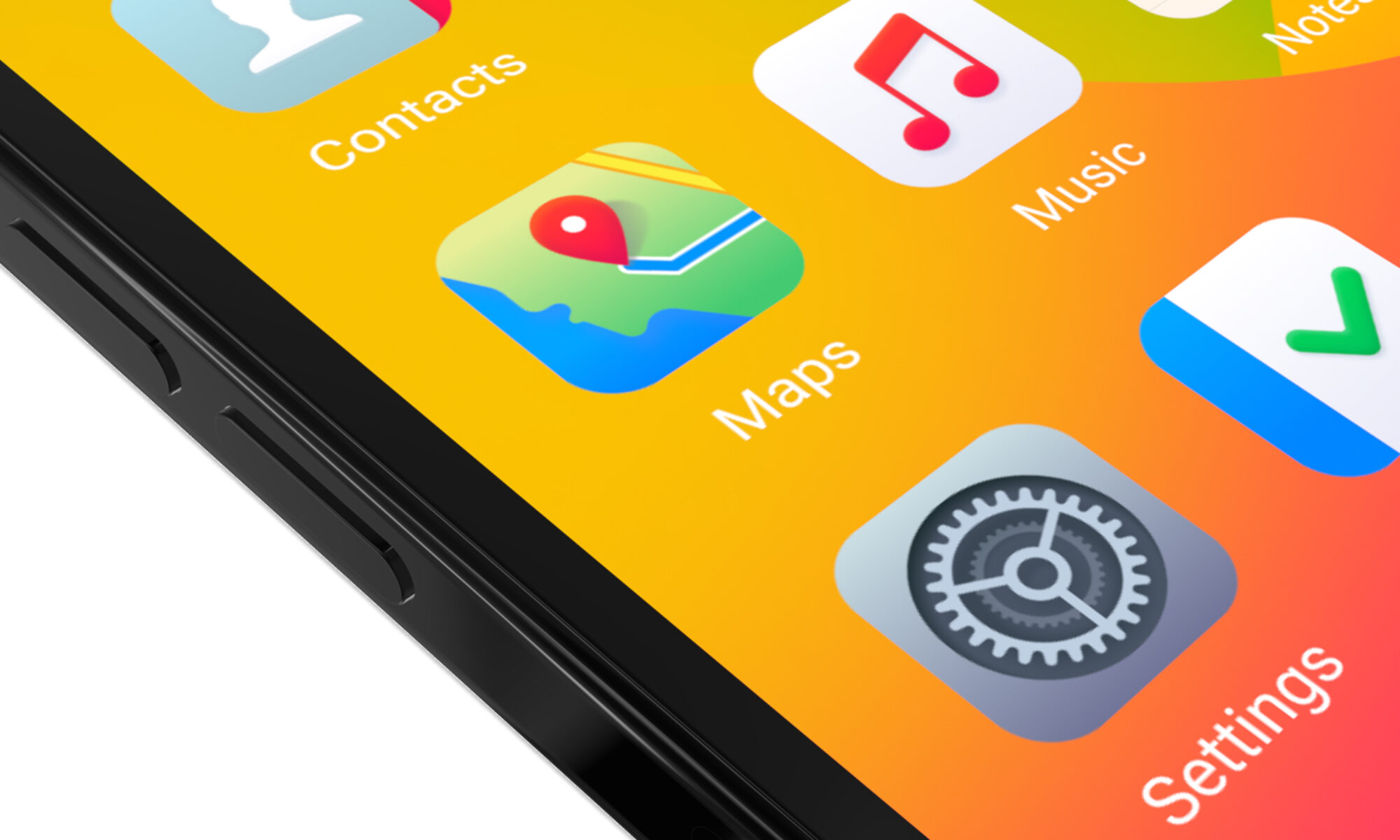J’ai un problème (et même plusieurs en fait), en général, dans la vie : mes capacités d’expression sont toujours très inférieures à ce que je veux dire et aux idées que je veux faire passer. Donc quand quelqu’un (Tristan Nitot, fondateur de la fondation Mozilla Europe) exprime clairement quelque chose qui me trotte dans la tête depuis un moment, j’en profite pour copier-coller ! Et vous invite à lire l’intégralité de son billet Promouvoir une société numérique libre.
Extrait :
"Notre identité en ligne n'est plus garantie par nos gouvernements mais par des sociétés privées américaines. Quiconque ayant eu son compte Google ou Facebook clôturé par erreur - et il y en a sûrement dans cette salle - saura vous expliquer à quel point il est douloureux de se voir confisquer sa vie numérique par une entreprise sans visage.
Le téléphone mobile, interface de tous les instants entre l'individu et sa vie numérique, ses amis, ses sources d'information, son travail, n'est pas sous contrôle des utilisateurs. Certains Appstores monopolistiques offrent une pléthore d'applications, mais ils décident pour nous, utilisateurs, ce qu'on a le droit d'installer comme logiciel sur nos smartphones, avec toutes les dérives que cela implique en terme de liberté.
Les livres numériques sont un formidable moyen d'accéder au savoir et de transporter avec soi toute une bibliothèque, mais il est toujours impossible de prêter un livre numérique à un ami.
L'apparente gratuité des services sur Internet est trop souvent un marché de dupe où l'utilisateur échange des données personnelles - sur lesquelles il et impossible de mettre un prix - contre un service qui ne coûte presque rien à faire tourner. Ceci est bien résumé par cette phrase à laquelle je vous invite à méditer : "si vous ne payez pas un service Web, vous n'êtes pas le client, vous êtes le produit qui est vendu".
Tous ces défis peuvent être relevés pour construire la société numérique dans laquelle nous voulons voir vivre nos enfants. C'est pourquoi je fais appel à vous, personnalités du numérique, pour que dans nos efforts au quotidien, nous construisions un avenir dont nous pourrons être fiers."
Et petite question au passage : pour quelle raison les candidats à l’élection ne se préoccupent pas de ces questions ? Peut-être ne sont-ils simplement pas au courant. Pays à la traine…



